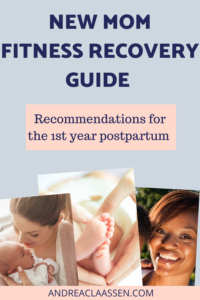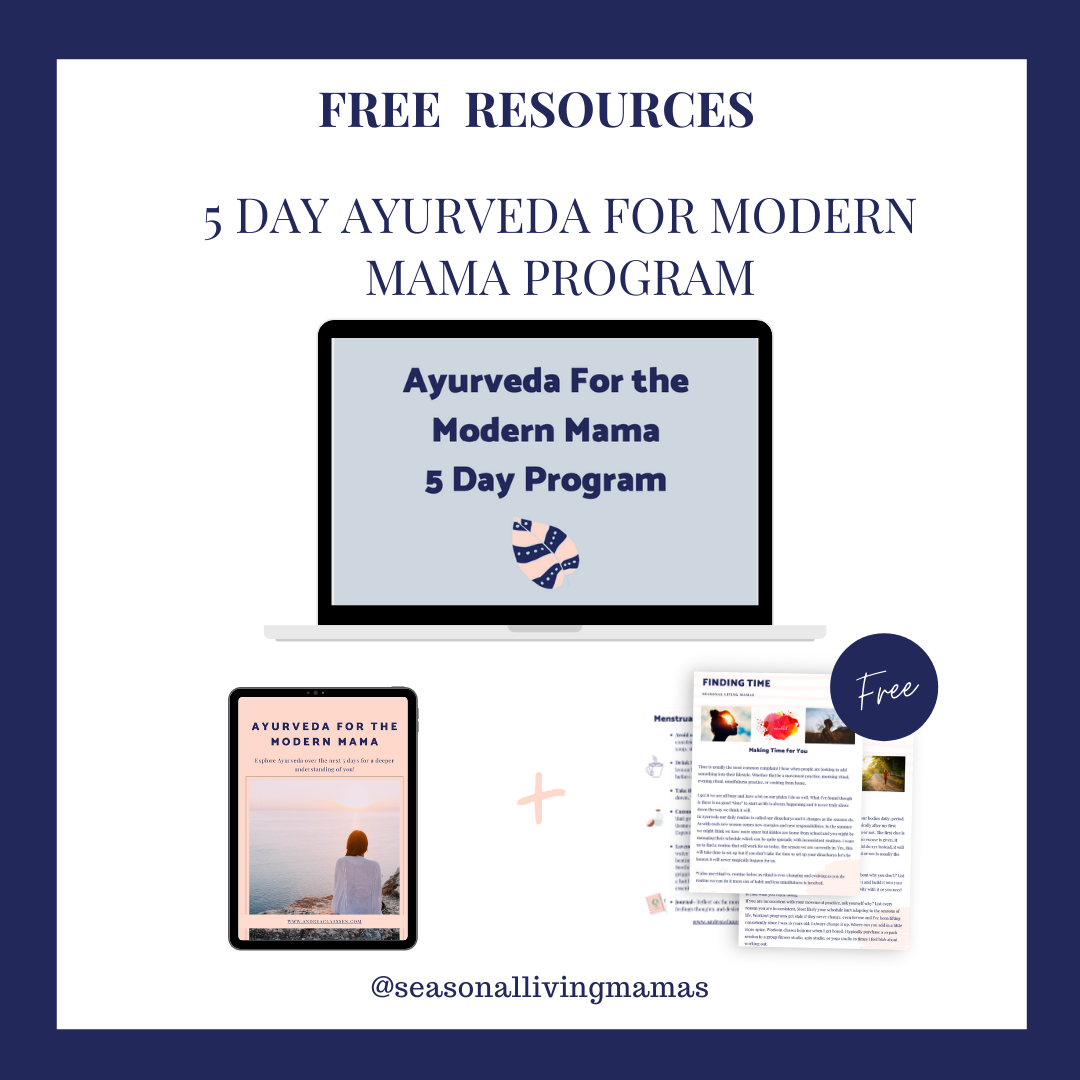Ideally your waiting until you get the okay from the doctor to workout which is around 6 weeks post birth. Now when women get the okay to workout it doesn’t come with an instruction manual of what to do. So we assume since the doctor said okay we can resume our regular workouts that we did prior to becoming pregnant. If we really break that down we haven’t done those workouts in about 11 months. So as with anyone starting a new workout program we shouldn’t start off where we left off necessarily. I will go over why you don’t want to jump right back in and then go through each month post birth a general guide to working out post baby.

Why you don’t want to go all in 6 weeks post birth
Lots of things happened during the birth process. Some women feel completely normal 6 weeks post birth others don’t feel so great quite yet. So you already know what camp you fall in around 6 weeks. Your pelvic floor has done some hard work the past 9 months. Even if you did not have a vaginal birth your pelvic floor is still under pressure from carrying the baby all 9 months. It is not as strong at 6 weeks post birth and this is where if we jump, run. push heavy weight above our head at this point we don’t give the pelvic floor enough time to heal.
In the US we don’t have mandated physical therapy like they do in Europe, or Australia for healing post birth. So we don’t know everything that happened while giving birth and how it might have shifted in the weeks post birth. Some women kegels, clams, are what is needed others that might not be the best option as things could be to tight. Physical therapy can tell you this or if your really in tune with your body you might know which one you fall under. We should not have to go to the bathroom, or slightly pee every time we jump, run, or laugh. That is where physical therapy can help. You should’t have to live with that and if that is happening pt is recommended. Now you need to see a specialist for pelvic rehab if that is happening. That is just one area to watch the other main area is the abnormal wall has been stretched.
Diastasis recti is another common complaint of women post birth. This I find is not always checked on by American doctors. To do the test you lie down on your back place your middle & pointer fingers together and perform a slight crunch upwards. Notice if your two fingers sink in the middle. You want to do this in 3 locations; right below your belly button, right above your belly button, and right below your chest. You might have separation in 1, 2, or all 3 spots or none. 2nd pregnancies 85% of women have it. It is something you don’t need to be scared of.
Here is a playlist for postpartum core recommendations.
1 month post birth
Walking is the best thing you can do. While you walk maintain good core control and notice your pelvic floor. Rest is best is really the mantra this first month. In Ayurveda we say the first two weeks you're in the bed, the next two weeks you're on the bed, weeks 5 & 6 you're around the bed. Take it easy so you can heal.

2 months post birth
Bodyweight squats if you feel like doing an exercise. Don’t worry about how low you go just starting to notice your pelvis and how your squats have changed (for now). Bridges are also a good exercise to start with. Lying flat on your back and lift your hips to the sky hold for 10-30 seconds. You will most likely get the green light to exercise at 6 weeks post birth and start slow. Don’t start with running. So many injuries happen because that is the first thing women gravitate towards as they think it’s the only way to lose the weight. Which is not true. So patience is needed. You still might be very sleep deprived so hard exercise is not recommended yet. This would also be the time to book an appointment with a pelvic floor PT before you start working out. They will give you a better insight into how you're healing.
3 months post birth
Start to gradually add in longer walks maybe up to an hour, some incline walks if your on a treadmill. Lifting weights doing compound movements as time is usually a cause for concern. Compound movements are working 2 body parts with one move- squats to a shoulder press, side lunge with a hammer curl. Planks can be introduced if you don’t have any separation around the 10-12 week mark.
4 months post birth
Continue with planks, compound exercises, more intense cardio. Jacobs ladder, rowing, incline walking. Avoid running still. Lifting weights a little heavier lifting is more possible now. Overhead presses you can start with light weight.

5 months post birth
If you were a runner before and feel pretty good running can be added back into your routine. Start with an easy jog interval jog 1-2 minutes, walk 1-2 minutes. Do this for 10-30 minutes to see how you feel the next day. Still avoid crunches and continue with your weight lifting routine.
6 months post birth
Jumping might be okay to add back into your routine again watching how you feel during and the next day. For pelvic floor health and recommendations from your pelvic floor PT. Running can remain the same or pick up slightly depending on fitness level. Continue lifting and focus on working more back, rear delts, triceps, glutes. As those muscles tend to get shortened from holding your child, and feeding your child.
7 months post birth
The intensity can pick up if your feeling good. Crunches might be added back into your routine if you have no separation. Aiming to target the back side of the body to help increase strength where it is needed while constantly bending over to pick up your child, or if you have an office job typing, driving etc.
8 months post birth and beyond
You might be feeling pretty good. Your weight might be slowly coming off. Your metabolism should be settling back in if you're no longer breastfeeding and you're sleeping through the night. If you want to get more bang for your buck during your workouts combine cardio & strength. That has been a huge time saver for me. I do 10 minutes of intense cardio from 4-6 months, and increased to 20-30 minutes from 7-9 months. I added lifting exercises in between my cardio bursts or did 10 minutes of intense cardio followed by 20 minutes of a lifting workout. Time is something that we are trying to save and workouts can be done at home or at the gym as long as you stay consistent with them and listen to your body you will recover before you know it.
Lastly I wanted to discuss yoga and flexibility. That can be done throughout your post pregnancy journey. I would start with a restore class after your 6 weeks. Tell the instructor that your 6-12 weeks post birth and you might need some modifications for poses. I needed this when I was 6 weeks post partum. Certain poses did not feel good yet and she gave me great alternatives. Hamstrings, chest, back complaints are quite common post baby. So even if yoga is not for you making sure you do stretches to target those areas will help you feel better on a daily basis.
Everyone has their own unique labor & delivery as well as post partum journey. So honor your body and do what’s best for you. These are guidelines that I personally followed as well as have my clients follow. All have recovered from ab separation and do not complain about incontinence during workouts. So this has been my personal study for the last 9 years and want to help other women who might not have a set path post birth and are looking for a little help. Hopefully this will be a good start for you.
If you want to know what your ideal postpartum plan would be...
Check out my pre/postpartum online personal training and yoga options. I have been deep in this work since 2007 and it's a passion of mine to help mom to be and new mamas thrive with a routine that is safe and effective for them.
Learn More


Wanting to get to know me and my style a bit more?
Check out my free 5 day Ayurveda for the modern mama course. Learn how to add Ayurvedic techniques into your life to recharge with ancient wellness practices.
view + leave comments . . .